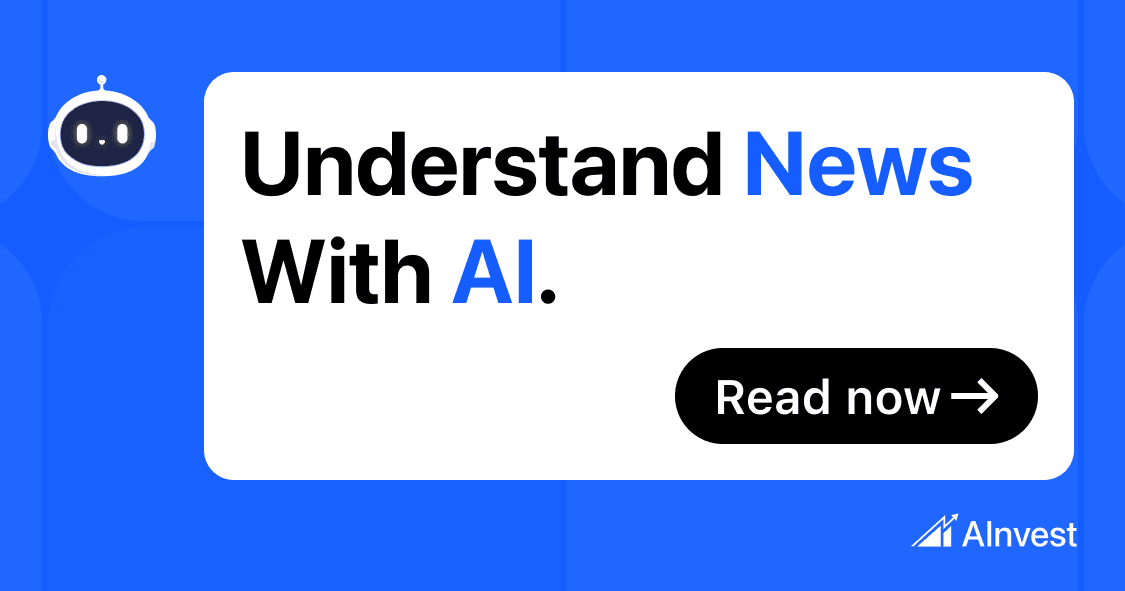
Digital Gold and the Future of Collateral Markets: How Pooled Gold Interests Are Redefining Gold’s Role in Financial Systems
The financial world is on the brink of a seismic shift. For centuries, gold has been a cornerstone of value, yet its role in modern markets has been constrained by outdated structures. Enter Pooled Gold Interests (PGI), a groundbreaking innovation spearheaded by the World Gold Council (WGC), Linklaters, and Hilltop Walk Consulting. This framework is poised to redefine how gold functions in financial systems—particularly as collateral—by merging the tangibility of physical gold with the efficiency of digital finance.
The Gold Market’s Longstanding Dilemma
Gold has traditionally existed in two forms: allocated (physical ownership of specific bars) and unallocated (a claim on gold without direct ownership). Allocated gold offers security but lacks liquidity, while unallocated gold provides flexibility at the cost of counterparty risk. This dichotomy has limited gold’s utility in collateral markets, where speed, transparency, and trust are paramount.
PGI bridges this gap by introducing a third option: fractional, beneficial ownership of a pooled pool of vaulted gold bars. Investors can now hold a share of physical gold without the logistical burdens of allocated ownership or the risks of unallocated structures. As stated by the WGC, this innovation “enables broader and simpler use of gold, including as collateral” [1].
How PGI Works: A Structural Breakthrough
At its core, PGI operates through a Wholesale Digital Gold ecosystem. Core Participants—institutional investors—co-own physical gold stored in Loco London vaults. These participants issue Pooled Gold Interests, which represent fractional ownership of the pooled gold. Crucially, these interests are transferable in real time, with transactions recorded on a blockchain or distributed ledger technology (DLT) to ensure transparency and immutability [2].
The legal framework, developed by Linklaters, ensures that each PGI holder has beneficial ownership of the underlying gold. This eliminates the ambiguity of unallocated gold while avoiding the operational complexity of allocated structures. By leveraging digital infrastructure, PGI also reduces settlement times from days to near-instantaneous, a critical advantage in collateral markets where speed is essential [3].
Implications for Collateral Markets
Collateral markets are a $10 trillion+ sector where assets are used to secure loans, derivatives, and other financial obligations. Gold’s role here has been limited due to its traditional structures. PGI changes this dynamic in three key ways:
- Enhanced Liquidity: By enabling fractional ownership, PGI allows smaller investors and institutions to use gold as collateral without requiring large, whole-bar holdings. This democratizes access to gold’s liquidity while reducing fragmentation in the market [1].
- Reduced Counterparty Risk: Unlike unallocated gold, PGI’s legal framework ensures that each interest holder has a direct claim to physical gold. This minimizes reliance on third-party custodians and aligns with regulatory demands for transparency [2].
- Regulatory Alignment: The UK Government’s Wholesale Financial Markets Digital Strategy explicitly supports initiatives like PGI, which align with its goals of fostering innovation while maintaining stability. This regulatory backing accelerates adoption and reduces friction in cross-border transactions [4].
A pilot program, set to launch in London in early 2026, will test these mechanisms in real-world scenarios. If successful, PGI could become a standard for gold collateralization, rivaling traditional assets like government bonds in efficiency [4].
The Broader Financial System Impact
PGI’s implications extend beyond collateral markets. By digitizing gold’s ownership and settlement processes, it positions the metal to function more like other major asset classes—such as equities or real estate—enabling programmable finance and automated workflows. For example, smart contracts could trigger collateral swaps or margin calls in real time, reducing systemic risk and operational costs [3].
Moreover, PGI reinforces London’s status as the global gold trading hub. The Loco London market, which has long governed gold trading, now integrates digital innovation without sacrificing its legacy of trust. This hybrid model could serve as a blueprint for other commodities seeking to modernize [1].
Challenges and the Road Ahead
While PGI’s potential is vast, challenges remain. Regulatory scrutiny, particularly around anti-money laundering (AML) compliance, will be critical. Additionally, market participants must adapt to new digital infrastructure, requiring education and investment. However, the WGC and its partners have prioritized technology neutrality, allowing PGI to integrate with existing systems or adopt emerging technologies like blockchain as needed [2].
Conclusion: A New Era for Gold
Pooled Gold Interests represent more than a technical upgrade—they are a paradigm shift. By solving the liquidity-ownership tradeoff, PGI unlocks gold’s latent potential in collateral markets and beyond. For investors, this means a safer, faster, and more versatile way to deploy gold. For financial systems, it signals a future where physical assets are as agile as digital ones.
As the 2026 pilot approaches, one thing is clear: gold is no longer a relic of the past but a cornerstone of the future.
Source:
[1] A vision for the next-generation gold market [https://heerazhaveraat.com/a-vision-for-the-next-generation-gold-market/][2] What is the Wholesale Digital Gold ecosystem launched by the World Gold Council [https://www.portugalbusinessesnews.com/post/what-is-the-wholesale-digital-gold-ecosystem-launched-by-the-world-gold-council][3] Gold247(TM) | Enabling a digital future [https://www.gold.org/what-we-do/gold247][4] Global gold market prepares for “digital revolution” from 2026 [https://www.vietnam.vn/en/thi-truong-vang-toan-cau-chuan-bi-don-cuoc-cach-mang-so-tu-nam-2026]
